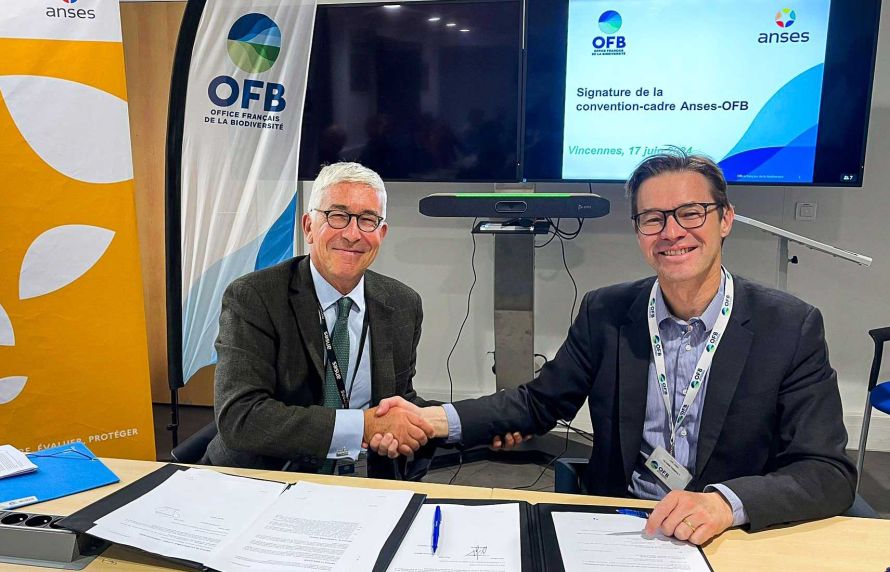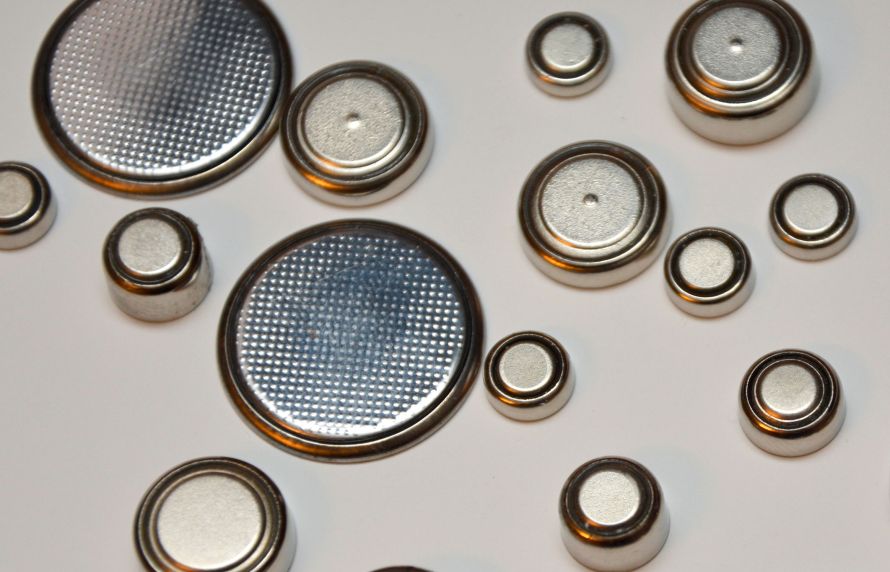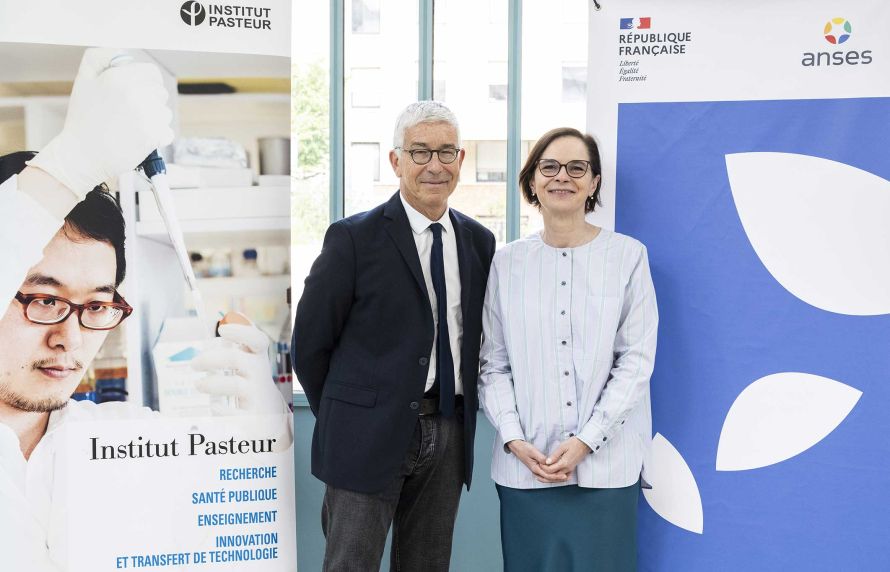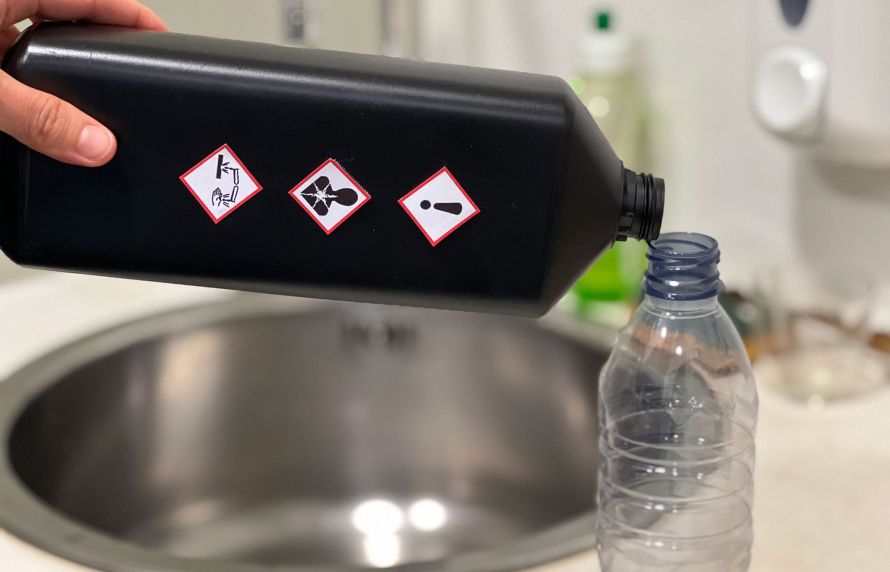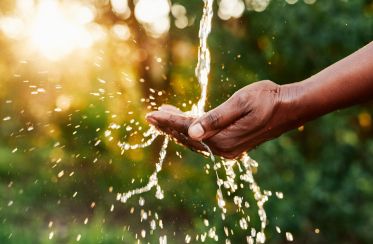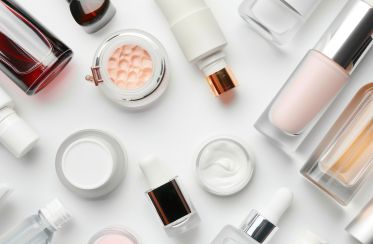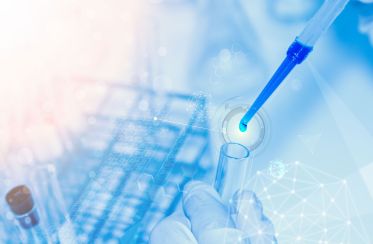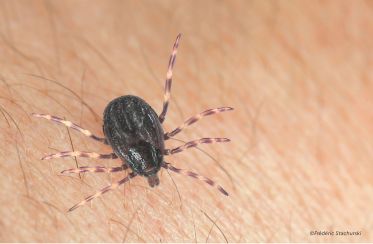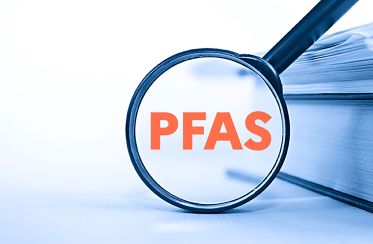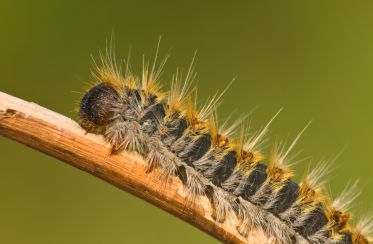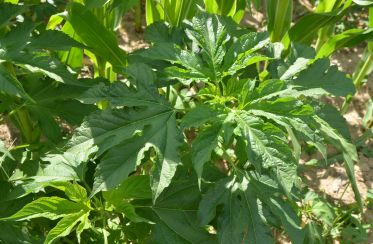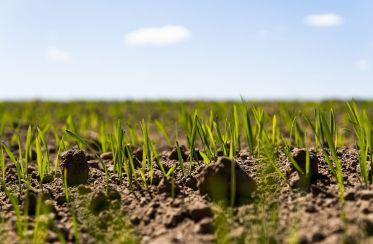
Page thématique
Environmental health
On a day-to-day basis and throughout our lives, the environment is a major determinant of our health. Whether it concerns chemical substances, airborne particles or electromagnetic waves, ANSES's expertise constantly provides the latest scientific knowledge on the risk factors for environmental exposure. The Agency assesses the risks of environmental pollution and various new technologies, and also evaluates the chemicals found in everyday products.
News
Decryption
Publications
Assessment of the risks related to physical agents and new technologies
Date de mise en ligne
01/10/2024
Numéro de saisine
2022-SA-0193
Health reference values
Date de mise en ligne
04/12/2023
Numéro de saisine
2019-SA-0073
Water
Date de mise en ligne
05/09/2023
Numéro de saisine
2021-SA-0212
Health reference values
Date de mise en ligne
21/08/2023
Numéro de saisine
2021-SA-0212
Assessment of the risks related to physical agents and new technologies
Date de mise en ligne
17/05/2023
Numéro de saisine
2018-SA-0168
Assessment of the risks related to physical agents and new technologies
Date de mise en ligne
01/10/2024
Numéro de saisine
2022-SA-0193
Health reference values
Date de mise en ligne
04/12/2023
Numéro de saisine
2019-SA-0073
Water
Date de mise en ligne
05/09/2023
Numéro de saisine
2021-SA-0212
Health reference values
Date de mise en ligne
21/08/2023
Numéro de saisine
2021-SA-0212
Assessment of the risks related to physical agents and new technologies
Date de mise en ligne
17/05/2023
Numéro de saisine
2018-SA-0168
Non-committee opinion
Date de mise en ligne
07/03/2024
Numéro de saisine
2022-METH-0197
Chemicals covered by the REACh and CLP Regulations
Date de mise en ligne
20/02/2023
Numéro de saisine
2022-AST-0135
Assessment of the risks related to air environments
Date de mise en ligne
18/01/2023
Numéro de saisine
2018-SA-0271
Assessment of the risks related to physical agents and new technologies
Date de mise en ligne
05/04/2022
Numéro de saisine
2019-SA-0006
Health reference values
Date de mise en ligne
15/03/2022
Numéro de saisine
2019-SA-0116
Assessment of the risks related to physical agents and new technologies
Date de mise en ligne
09/03/2022
Numéro de saisine
2018-SA-0168
Health reference values
Date de mise en ligne
07/02/2022
Numéro de saisine
2018-SA-0032
Assessment of the physical and chemical risks in foods
Date de mise en ligne
24/01/2022
Numéro de saisine
2020-SA-0020
Assessment of the risks related to physical agents and new technologies
Date de mise en ligne
16/11/2021
Numéro de saisine
2019-SA-0124
Assessment of the risks related to physical agents and new technologies
Date de mise en ligne
25/04/2022
Numéro de saisine
2017-SA-0076
Health reference values
Date de mise en ligne
13/04/2021
Numéro de saisine
2019-SA-0126
Assessment of the risks related to physical agents and new technologies
Date de mise en ligne
06/10/2021
Numéro de saisine
2019-SA-0157
Assessment of the risks related to air environments
Date de mise en ligne
14/04/2021
Numéro de saisine
2018-SA-0088
Health reference values
Date de mise en ligne
24/11/2020
Numéro de saisine
2018-SA-0152
Assessment of the risks related to physical agents and new technologies
Date de mise en ligne
28/12/2020
Numéro de saisine
2019-SA-0139




